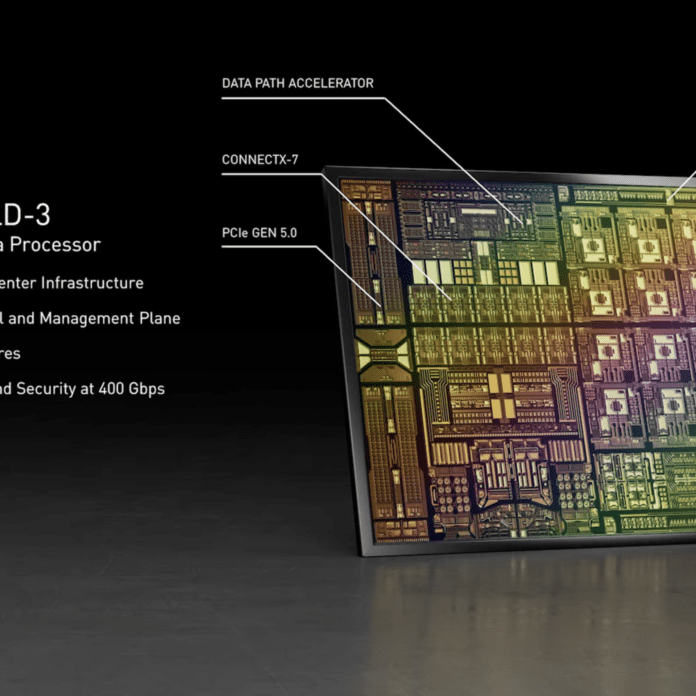The AI-on-5G platform combines the GPU and the DPU on the same EGX Nvidia AI card
At this year’s Mobile World Congress, Nvidia announced that it is extending support for Arm-based CPUs in the Nvidia Aerial A100 AI-on-5G, a platform first revealed in April at the company’s GPU Technology Conference. Aerial A100 AI-on-5G products combine the graphics processing unit (GPU) and the BlueField-2 data processing unit (DPU) on the same EGX Nvidia AI card that supports software-defined, cloud-native workloads.
The addition of Arm support, according to the company, will make the deployment of intelligent 5G services at the edge easier by creating “a simplified path to building and deploying self-hosted vRAN that converges AI and 5G capabilities across private enterprises, network equipment companies, software makers and telecommunications services providers.”
“We believe that AI and machine learning is going to be an essential element of 5G networks, and AI and 5G are already essential elements of the applications that run on top of a 5G network,” said Ronnie Vasishta, head of telecom products at Nvidia, in April.
During a recent press event focused on this latest news, Vasishta also announced the Nvidia BlueField-3 A100, a next-generation DPU built for AI and accelerated computing. BlueField-3, expected to be available in the first half of 2022, is optimized for 5G connectivity, multi-tenant, cloud-native environments, offering software-defined, hardware-accelerated networking, storage, security and management services at the edge.
Subscribe now to get the daily newsletter from RCR Wireless News
The next DPU iteration will incorporate 16 Arm Cortex-A78 processors and can be deployed in a “fully self-hosted configuration.”
“That means that Bluefield-3 on Aerial A10 delivers unprecedented levels of system integration and efficiency. Importantly, it also gives enterprises more choice of CPUs for vRAN implementations,” explained Vasishta.
The chip manufacturer also announced a partnership with Google Cloud to create the first open AI-on-5G innovation lab where industrial companies, system integrators and network operators will develop and test AI-on-5G enterprise applications.
Vasishta summarized Nvidia’s roadmap over the next few years as one focused on “integrating functions, increasing performance and lowering power consumption.”

